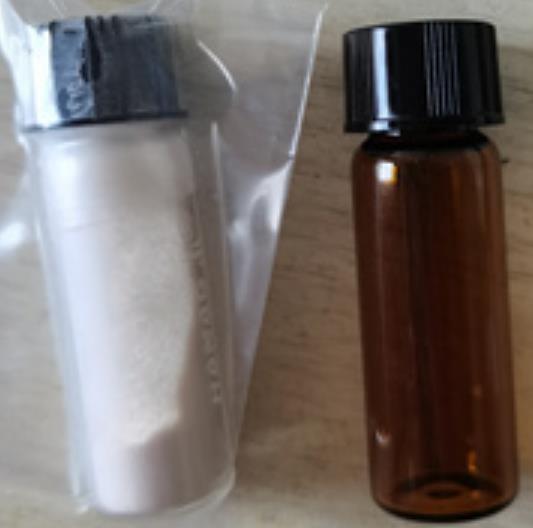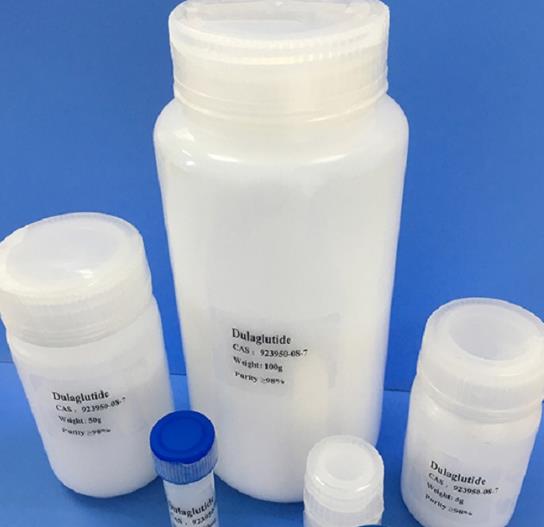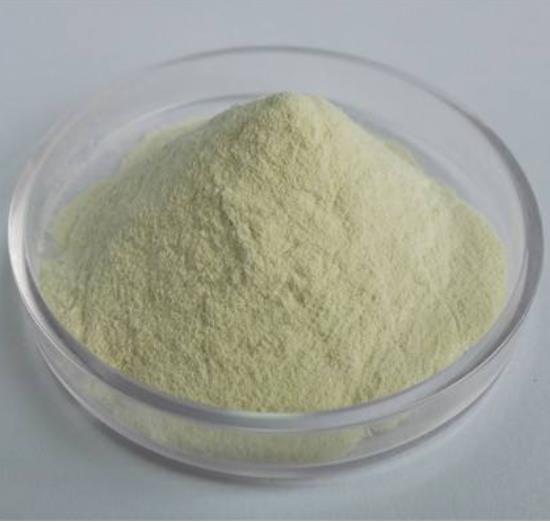Active Pharmaceutical Ingredients (API), popularly speaking, are the raw materials of medicines, only pharmaceutical raw materials are processed into pharmaceutical preparations , can they become medicines available for clinical use, so drugs we usually eat are the finished drugs through processing. Active Pharmaceutical Ingredients based on its sources can be divided into two major categories ,including chemical synthetic drugs and natural chemical drugs. Chemical synthetic drugs can be divided into organic synthetic drugs and inorganic synthetic drugs. Inorganic synthetic drugs are inorganic compounds ( very few is element), such as aluminum hydroxide, magnesium trisilicate which are used for the treatment of gastric and duodenal ulcers ; organic synthetic drugs are mainly composed of drugs made by basic organic chemical raw materials, through a series of organic chemical reactions (such as aspirin, chloramphenicol, caffeine, etc.). Natural chemical drugs ,based on its sources,can be divided into two categories including biochemical drugs and plant chemical drugs. Antibiotics are generally made by the microbial fermentation, which belongs to the biochemistry category. A variety of semi-synthetic antibiotics occurs in recent years,which are biosynthesis and chemical synthesis combining products.Among active Pharmaceutical Ingredients, the organic synthetic drugs varieties, yields and values have the largest proportion,which are the main pillars of the chemical and pharmaceutical industries. The quality of active Pharmaceutical Ingredients decides whether the formulation is good or bad , so its quality standards are very strict ,countries in the world have developed national pharmacopoeia standards and strict quality control methods for its widely used active Pharmaceutical ingredients.
Carboxin: Biodegradation and Preparation Method
Carboxin, a key fungicide in agriculture, inhibits fungal growth effectively while Delftia sp. HFL-1 degrades it and its metabolite, offering sustainable solutions.
Apr 10,2024 APIThe mechanism of action and storage method of Unii-fys6T7F842
Unii-fys6T7F842 is a revolutionary biological drug that has become a key therapeutic choice for various autoimmune diseases.
Apr 10,2024 APIN-Glycyl-L-tyrosine: Overview, Applications in Synthesis of Triorganotin Derivatives and Preparation
N-Glycyl-L-tyrosine, a peptide derivative of glycine and tyrosine, shows potential in biology and pharmacology, serving as a signaling molecule and aiding in drug synthesis.
Apr 10,2024 APITransforming Diabetes Care: The Revolutionary Impact of Dulaglutide
Dulaglutide, prominently known by its brand name Trulicity, marks a pivotal shift in the landscape of type 2 diabetes treatment.
Apr 10,2024 APIThe purpose, production process, and storage method of Mandarin oil
Mandarin oil, derived from the peel of the Mandarin orange,its delightful fragrance for its multitude of health benefits.
Apr 10,2024 APIKetone Ester: Bioconversion, Effects on Metabolism and Transcription
Ketone ester decrease glucose and insulin, influence transcription, and aid ketone delivery, offering metabolic health benefits.
Apr 10,2024 APIAntioxidant 565: Benefits, Polymer Applications and Preparation Method
Antioxidant 565 excels with low concentration effectiveness, non-staining, and longevity in polymer applications, offering superior stability and performance across various materials.
Apr 10,2024 APIN,N,N',N'-Tetramethyldiaminomethane: Overview and Applications in Organic Synthesis
N,N,N',N'-Tetramethyldiaminomethane is vital in organic synthesis, enabling imidazolidine formation for drug development and contributing to antineoplastic agent production.
Apr 10,2024 APIThe Breakthrough of SR9011 in Chemical Research: A New Dawn for Biological Clock Studies
The discovery of SR9011 marks a new era in our understanding of the biological clock and its mechanisms for disease treatment.
Apr 10,2024 APIUnlocking the Potential of 2-Methyl Anthraquinone: Exploration of Its Chemical Significance and Industrial Applications
2-Methyl anthraquinone stands as a critical compound in the realm of chemistry, bridging traditional applications with future innovations.
Apr 9,2024 API












